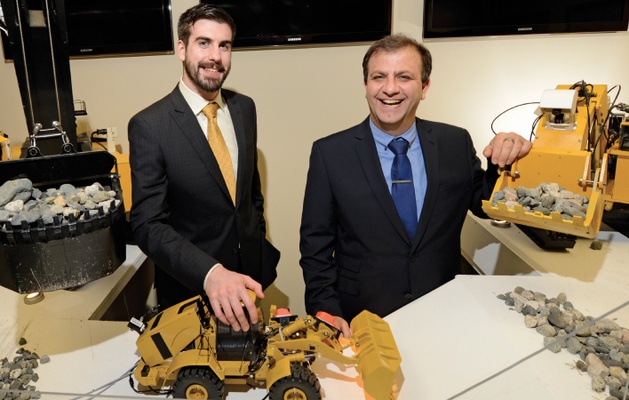Raising money from is probably going to be one of the biggest challenges you face as an entrepreneur. It pushes you to understand your business and industry inside-out, and will be one of the most complicated sales deal you’ll have to navigate.
Why is it so complicated? As you know, it’s hard enough trying to sell your product/service to one customer at the regular price, now you’re trying to:
- Pitch your company and the potential for profit to an investor to try to get a cheque for $50k-$500k (which is a few multiples of your regular price).
- Get 6-12 other investors aligned on the same terms/paperwork and at the same valuation (while they will all have their own opinions on terms and how much you should be valued at).
It should come as no surprise then that fundraising itself can be a full-time job and is highly distracting for founders.
If it takes most companies an average of 6-12 months to raise a seed round ($150k-$2mil), how then do you ensure that when you start to raise, you’ll definitely come out the other end successful and not have wasted those 6-12 months chasing investors while you could have instead doubled down and focused on finding more customers?
Alumni Gonzalo Tudela shares his biggest tip on ensuring that you successfully end up closing your round:

Aim for 150% in verbal commitments from investors before officially kicking off your round
As you start to raise capital and build relationships with investors, begin the conversation by seeking advice, you can hint that you plan on raising in the near future, but don’t jump to asking for a cheque too quickly it’ll make you sound desperate and investors rarely invest after the first meeting. It’s kind of like dating, you don’t ask to get married after the first date…
Once you build a strong enough relationship with an investor, you can start to gauge if they would be interested in investing in your upcoming round. It could be a direct ask, or it could be an informal soft solicitation through your investor update emails. If they say yes, that’s a good start, try to gauge how much they would be willing to invest.
Why 150%?
When you officially kick off your round, the goal is to aim for a close in 60 days. Anything longer and it drags things out, causing investors to start to lose interest. The 60 day window is designed to keep things tight, generate urgency, and permit for due diligence and background checks. It is also enough time for you to show material progress on your milestones and give investors confidence that you can deliver on your execution strategy. Just because you don’t have money yet, doesn’t mean you can’t move the company forward with Letters of Intent (LOIs), beta launches, guerrilla marketing, etc…
When you aim to have 150% of the round committed verbally, you are increasing the likelyhood of closing the round at target. This is important because some investors will fall off the table, we’ve seen all kinds of reasons, and I kid you not, some real examples include:
- Invested in another company in the same space.
- Decided to use the money to renovate their kitchen.
- Left for vacation without a word to any associates/friends, and was totally unreachable.
- Started their own company.
- Simply didn’t actually have the money and led you on.
By having 150% of your round verbally committed, it ensures that you have contingencies to stay on-track when you decide to “kick off” the round. Fundamentally, raising capital leads you into a new journey in business where risk mitigation becomes a big part of what you do. Consider this piece of advice as one of the first things you can do to reduce the risk of a round dragging on and falling apart. If you end up having more interest than necessary, it’s up to you if you want to oversubscribe on your round.
Interested in receiving support from us too? Apply to join our Fundraising Roundtables.





